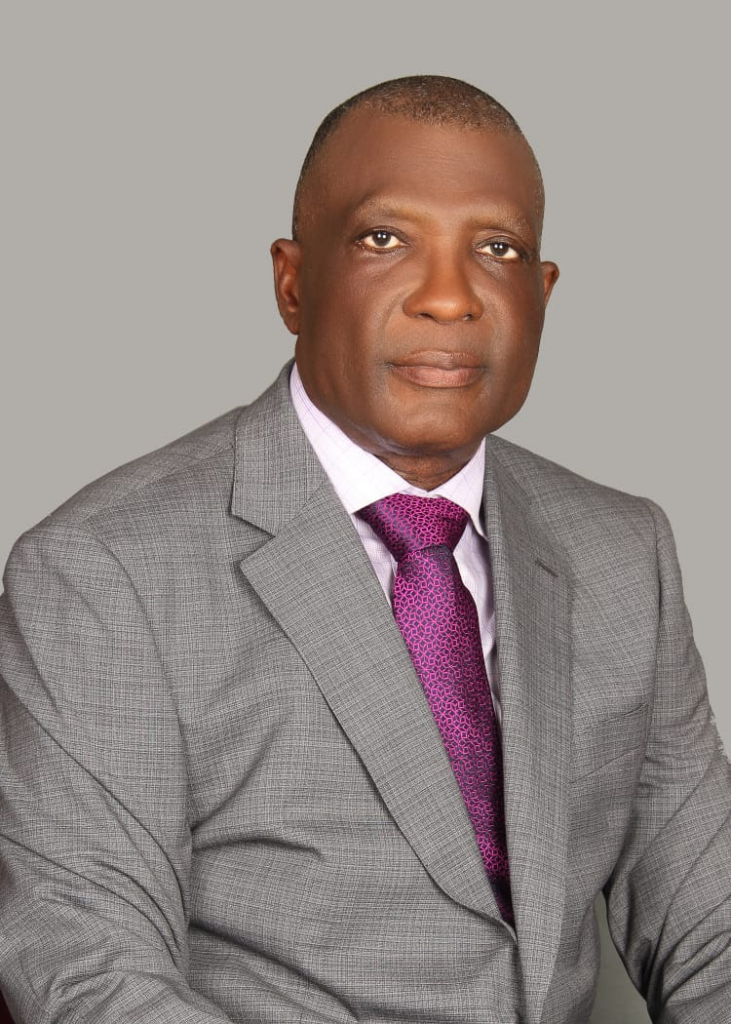Elected personnel have several advantages over the regular folks, and that is common knowledge. One of their leading edges is a unique vantage point within the cities, towns and the integrated communities. They are our city leaders, pioneers of our global economy and owners of private sector companies. Resource allocation to management is entirely in their hands, and it has been so for years. At this point, you must be wondering what this has to do with a geographic information system.
How is GIS in 3D different from anything you have seen before?
A GIS is an integrated platform that can collect store, manage and analyze all kinds of geographic and geography-related data. The purview of GIS has expanded in the last couple of years. It has become a genuinely diverse system that can draw data from surveillance cameras, traffic cameras, GPS devices and field systems placed at the site. Depending on the power of the software you choose to use, it should integrate, compare, analyze and represent the data in easy-to-understand formats.
The representation format is just as important as the ability of the GIS software to curate and update data. As we have mentioned above, the key personalities in a city, state or country have an immense impact on the architectural projects, energy plans, and the resource allocation projects. Not all of them have avid knowledge of geography or geology. A simple 2-Dimensional geographic or topographic map will not be enough for them to understand the impact of a new drilling project near a groundwater reserve for a community. However, the presence of 3d GIS can help them get an immersive feel of the situation. They can realize the depth, distance, and impact of each element accurately.
What unique uses does 3D GIS have?
A 3-Dimensional Geographic Information System conveys topological, meteorological, mineralogical and geological information accurately, but it can also modulate the way people think about the earth and its terrains. It creates a 3D colored image that influences the way people see nature and natural resources. In several cases, students and social workers have utilized GIS data to make a difference in the world. For example –
- A few high school students created an app that used data from GIS to inform the disadvantaged members of the community to find clothing, food, and shelter in real-time.
- A famous NGO is currently tracking hunger in the world by creating a real-time map of the areas of food production. They are conjointly using it with a predictive analysis technology to find any potential underused terrain.
- In West Virginia, the mayor recently spearheaded in an anti-drug campaign that used old and new data from GIS and 3D representation to mark the extent of the drug crisis that plagued the city.
GIS has the power to create a shift in perceptions. City datasets, traffic trends, urban to suburban migration tendencies, city water consumption densities and public safety concerns can all come within the grasp of the city offices with one software set. The GIS can help in the cohesion of all data and the unification of all sources for more accurate mapping.













